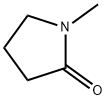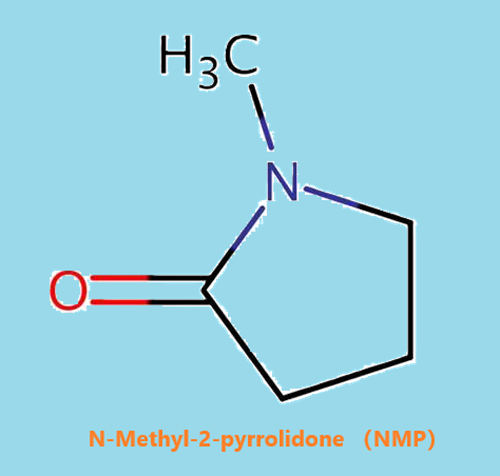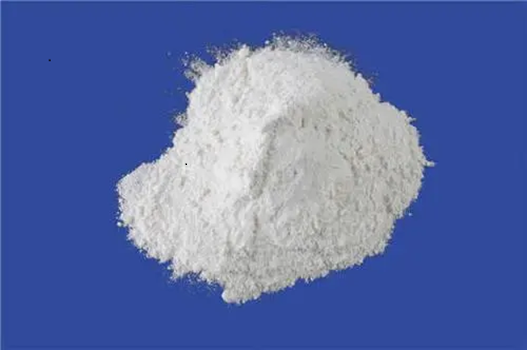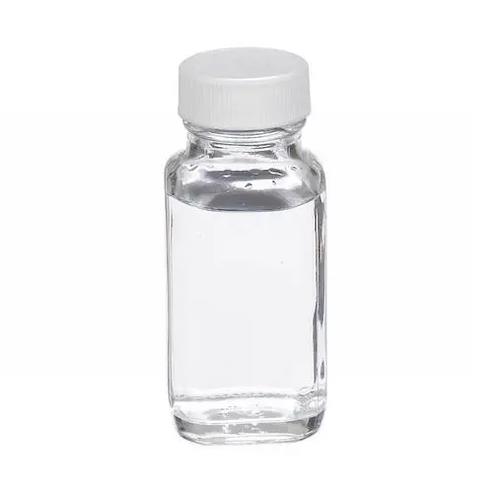How to synthesis N-Methyl-2-pyrrolidone
Description
NMP, also known as N-methyl-α-pyrrolidinone; N-methyl-α-pyrrolidone, N-methyl-γ- butyrolactam, N-methyl-2-pyrrolidinone, N-methyl-2-pyrrolidone, n-methylpyrrolidinone, 1-methyl-2-pyrrolidinone and 1-methyl-2-pyrrolidone, is a derivative of γ-butyrolactone. Molecular formula: C5H9NO, molecular weight: 99.1311. NMP is a colorless and transparent liquid with a slight ammonia smell. It is a highpolarity, chemically and thermally stable high-boiling solvent (boiling point: 202 °C). It is completely miscible with water, alcohol, ether, ketone, ethyl acetate, chloroform, and benzene. The solubility of unsaturated hydrocarbons such as alkynes, olefins, and diolefins in NMP is higher than that of saturated hydrocarbons. In addition, a variety of polymers can also be dissolved in NMP.
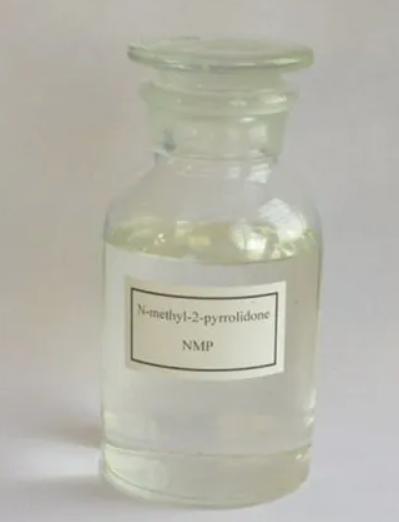
Characteristic
NMP is a polar aprotic solvent with a high boiling point, strong polarity, low viscosity, good solubility, non-corrosivity, low toxicity, strong biodegradability, low volatility, and excellent chemical and thermal stability. It is mainly used in the petrochemical, plastics, pharmaceuticals, pesticides, dye, and lithium-ion battery industries. For example, NMP is widely used in the extraction of aromatic hydrocarbon, purification of acetylene, olefins, and diolefins, as well as in solvent for polymers and polymerization, including polyamide, polyimide, polyphenylene sulfide, and other engineering plastics or aramid, fiber. In addition, it is also used in the manufacture of insulation materials, pesticides, pigments, and electronic products.
Synthesis method
Based on the raw materials used, several processes such as succinonitrile route, condensation of γ-butyrolactone and methylamine, 4-oxidized methyl butyrate method, and 1,4-succinic acid route for manufacture of NMP were developed. However, the only process currently employed in the industry is the condensation from γ-butyrolactone and methylamine. The process technologies are similar in all NMP producers, yet the main difference is the production method for γ-butyrolactone intermediate. BASF developed a process that included dehydrogenating BDO to γ-butyrolactone and then condensing with methylamine to produce NMP. Mitsubishi Chemical Corporation of Japan developed a process that included hydrogenation of maleic anhydride to γ-butyrolactone and condensation with methylamine to yield NMP. Synthesis of NMP by the condensation of γ-butyrolactone and methylamine in the absence of a catalyst was developed by BASF in 1936. γ-Butyrolactone and methylamine are reacted at a temperature of 240–285 °C and a pressure of 5.0–8.0 MPa for 2–3 h, and the resulting NMP is purified by fractional distillation to obtain a high-purity product. Its reaction equation is as follows:

The reaction is carried out in two steps. The first step is the reaction of γ-butyrolactone with methylamine to form N-methyl-γ-hydroxybutanamide, which is a reversible reaction and can be carried out at lower temperatures and lower pressure. The second step is dehydrating and cyclizing N-methyl-γ-hydroxybutanamide to NMP under higher temperatures and pressure. The two-step reactions can be carried out batch-wise in an autoclave or continuously in a tubular reactor.
Since the boiling point of NMP (204 °C) is very close to that of the raw material γ-butyrolactone (206 °C), separating them by fractional distillation is difficult. Therefore, a large excess of methylamine is applied in the reaction (molar ratio of methylamine to γ-butyrolactone from 1.5 to 1.8) for complete conversion of γ-butyrolactone, simplifying the product separation process. Anhydrous methylamine can be used as the raw material, but adding some water to the reaction system can increase the selectivity of NMP. The reaction solution is subjected to fractional distillation in the amine removal tower, in which the unreacted methylamine is distilled from the top and recycled to the reactor. The bottom product of the tower is introduced into the light fraction removal tower, and all the remaining water is distilled from the top of the tower. The light fraction is collected from the sideline on the tower's upper section. The bottom product of the light fraction removal tower is introduced into the heavy fraction removal tower. The heavy fraction is removed from the bottom of the tower, and NMP of high purity is obtained from the top. The yield of NMP is up to 99% based on γ-butyrolactone.
You may like
Related articles And Qustion
See also
Lastest Price from N-Methyl-2-pyrrolidone manufacturers

US $5.00-3.00/kg2025-07-10
- CAS:
- 872-50-4
- Min. Order:
- 1000kg
- Purity:
- ≥99.90%
- Supply Ability:
- 100 tons
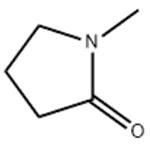
US $1.50/g2025-06-25
- CAS:
- 872-50-4
- Min. Order:
- 1g
- Purity:
- 99.0% Min
- Supply Ability:
- 10 Tons
